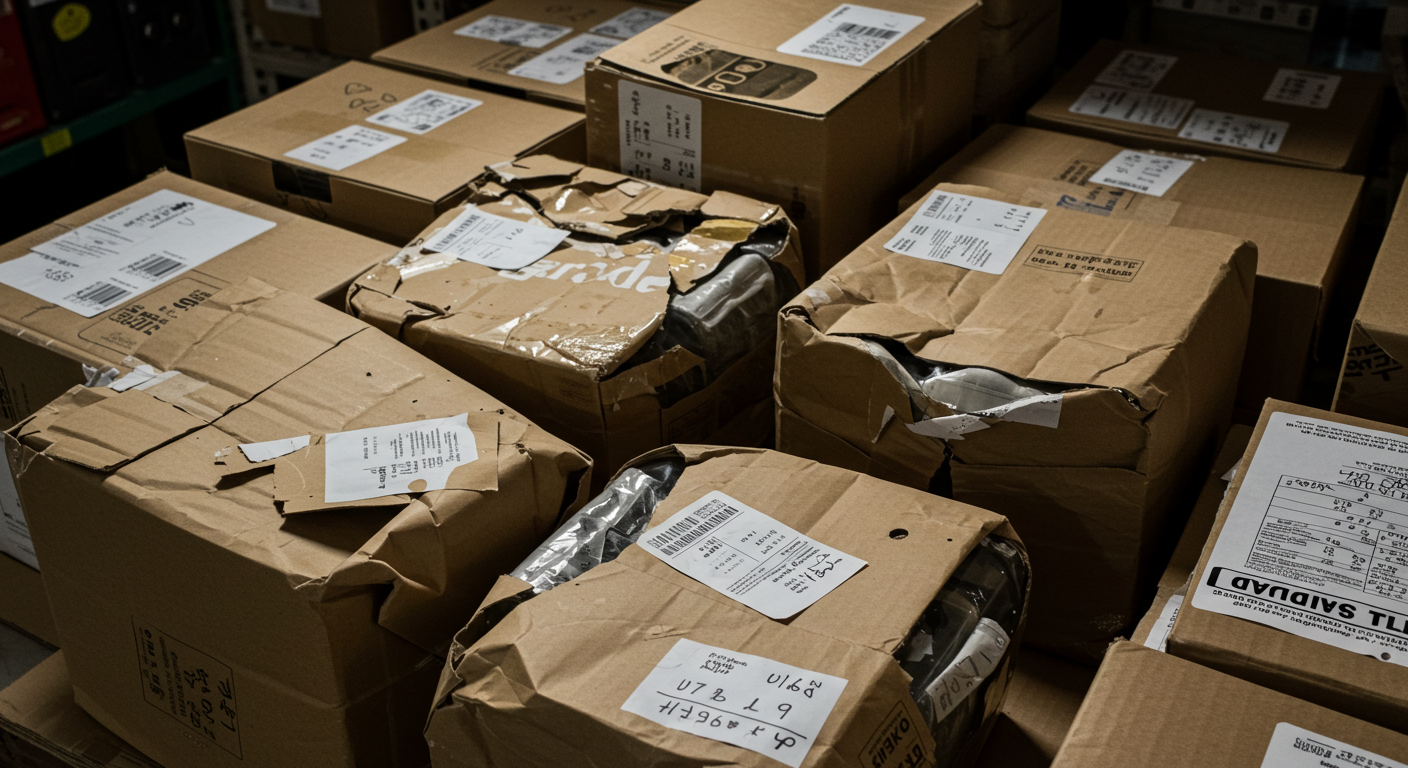
The Hidden Costs of Poor Wine Packaging (And How to Avoid Them!)
The process of packing wine bottles for shipment involves more than just looking good; it focuses primarily on each bottle's protection. With bad packaging, it is a known fact that your profits decrease and your customer satisfaction drops alongside your reputation because substandard wine packaging methods result in additional unnecessary expenses.
Poor packaging leads to both physical damage to bottles and additional costs from product returns, thus accumulating hidden expenses rapidly—and no one wants this for their business, right?

Let’s break down the real impact of poor packaging and, more importantly, how you can avoid these costly pitfalls.
1. Costly Replacements and Refunds
Imagine sending out a case of fine wine, only to have your customer receive a soggy, shattered glass. Not only does this mean issuing a refund or replacement, but it also means eating the cost of the lost product and shipping.
How to Avoid It:
- Use durable wine shipping boxes with pulp inserts or air cushion shippers to keep bottles from shifting.
- Invest in impact-resistant materials that absorb shock and protect bottles during transit.
- Ensure each box is labeled “Fragile – Handle with Care” to reduce rough handling.
2. Increased Shipping Costs
Poorly designed packaging can lead to overpacking, making your shipments bulkier and more expensive. If your boxes are too large or don’t fit snugly around your wine bottles, you’re paying for wasted space.
How to Avoid It:
- Choose right-sized packaging that minimizes excess space while still offering protection.
- Use lightweight yet sturdy materials to reduce overall shipping weight without compromising security.
- Opt for multi-bottle shipping kits that securely hold multiple bottles in a compact layout.
3. Negative Customer Experience
First impressions matter. If a customer receives a damaged or poorly packaged bottle, it reflects badly on your brand. They might leave a negative review or, worse, never order from you again.
How to Avoid It:
- Invest in professional-grade wine shipping boxes that reflect quality and care.
- Add an extra touch with branded packaging—custom inserts, thank-you notes, or sustainable wrapping enhance the unboxing experience.
- Use temperature-resistant packaging to prevent wine spoilage during extreme weather conditions.
4. Potential Legal and Compliance Issues
Different states and countries have strict regulations regarding alcohol shipments. If your packaging doesn’t comply, you risk fines, delays, or even confiscated shipments.
How to Avoid It:
- Stay updated on state and federal shipping laws for alcohol.
- Ensure your packaging meets labeling and compliance requirements, such as age verification labels.
- Work with carriers experienced in alcohol shipping regulations to avoid legal headaches.
Final Thoughts
Poor wine packaging comes with more hidden costs than you might think—from refunds and replacements to legal issues and unhappy customers.
Need the best packaging solutions? Check out our wine shipping boxes designed for maximum protection and efficiency.
Because when it comes to wine, safety and presentation go hand in hand! 🍷📦

